
BPM vs MPH: Does your road trip playlist affect your driving?
Published 12 May 2025
Do you think listening to a fast song makes you drive faster? It may be a subconscious correlation, but it definitely exists…
Here at Allianz, we’ve teamed up with Spotify to look at how driving playlists affect your concentration and driving habits, so safety doesn’t take a back seat.
Seat Belters: Better beats, for better driving
We’ve worked with Spotify to create the perfect playlists for drivers – ones that’ll be great to listen to, without negatively affecting your driving.
How? Well, Spotify will sort your driving playlist into one of the below categories and offer you a personalised and ‘safer’ version according to your stats…
1. Cruising
Your average BPM is in the safe driving range. Enjoy more music in this range in your new playlist!
2. Quick spin
Your average BPM is a little higher than recommended for safe driving. Ease back and enjoy your new playlist!
3. Fast lane
Music with a high BPM can lead to unsafe driving. Your new playlist has music you’ll love at a safer BPM!
Does the music you listen to really affect your driving?
We’ve all been there… you’re driving along, listening to music, when one of your favourite songs comes on and you can’t help but sing at the top of your lungs. But have you ever thought about how focussing on the music, the lyrics, and the beat affects your driving? Well, it does! The more beats per minute of a song, the faster your miles per hour creep up – and the less you concentrate, too.
BPM vs MPH
In research paper, 'The Effect of Music Listening on Physiological Condition, Mental Workload, and Driving Performance with Consideration of Driver Temperament', results showed the effects of music genre on driving performance were significant; the standard deviation of speed and frequency of lane crossing were higher when driving under the influence of rock music (above 120bpm), than when driving under the influence of light music (below 80bpm) or no music.

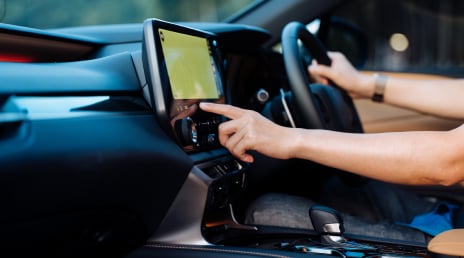
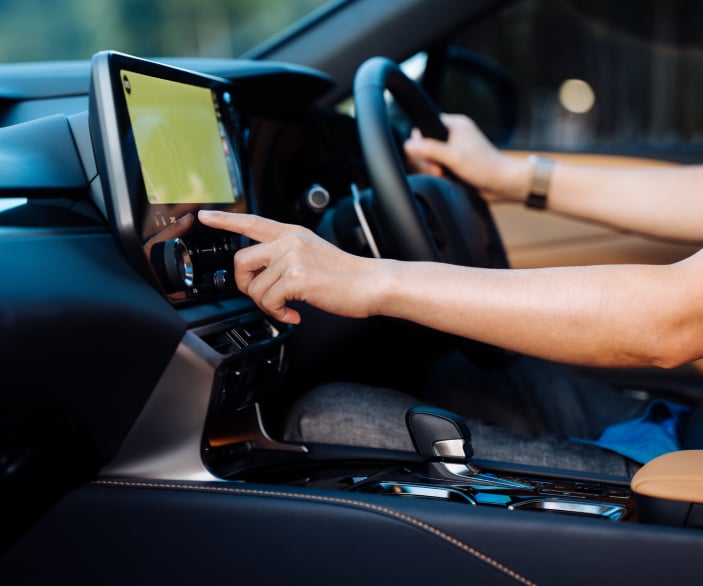
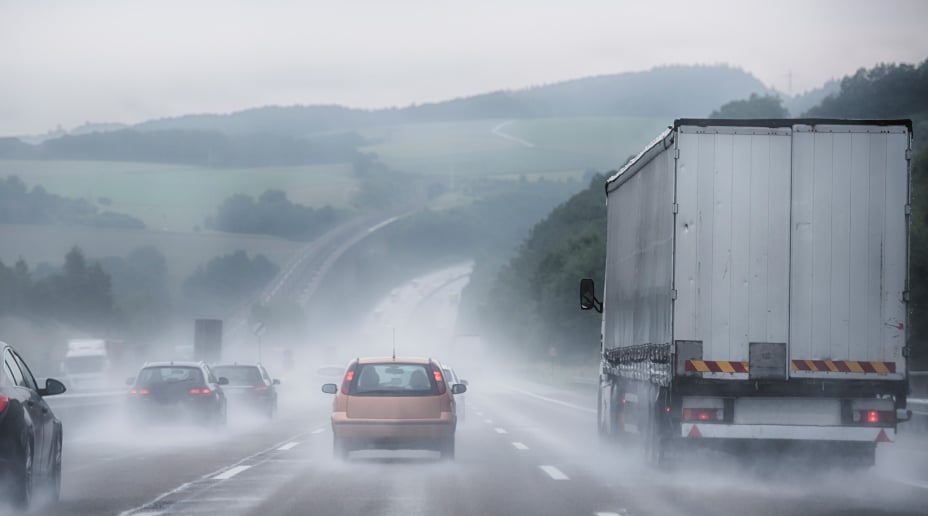

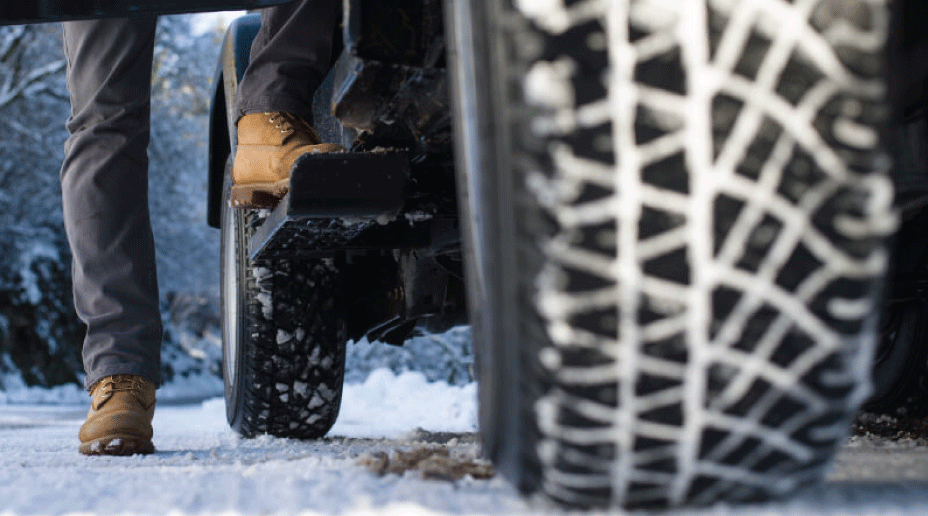

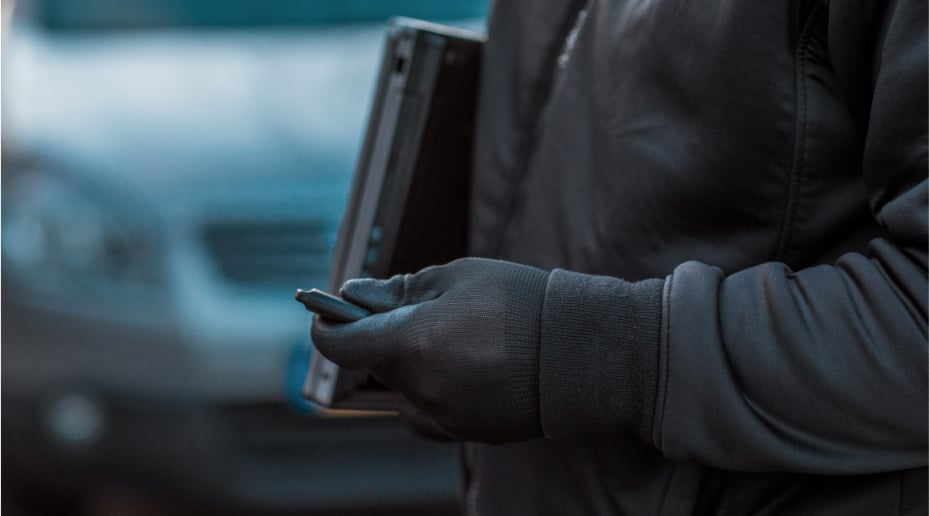






.jpeg)
.jpg)










